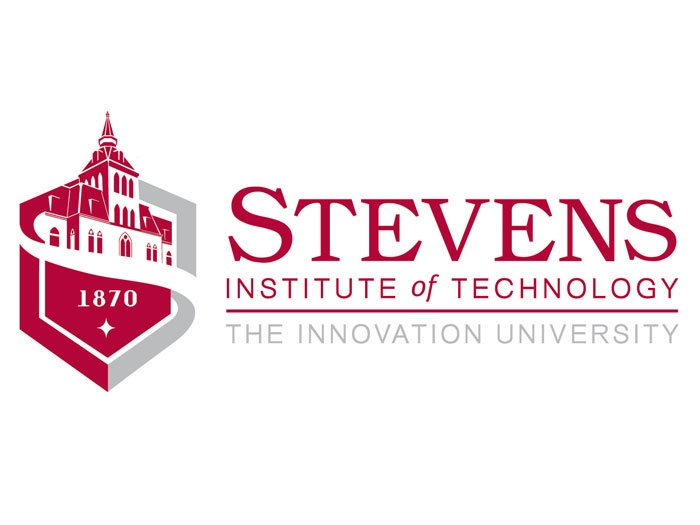
Stevens to research detection of invasive species in cargoes
Written by Nick Blenkey
JUNE 10, 2015 — Shipborne invasive species don’t only enter the U.S. in ballast water. Shipments of containers containing goods such as rice and other grains can be infested with foreign pests and invasive species that may pose a serious threat to the U.S. economy. Now the Department of Homeland Security (DHS) Science and Technology Directorate has awarded a $2 million contract to researchers at Stevens Institute of Technology, Hoboken, NJ, to improve detection of threats coming into the U.S. through container shipments.
The research will be led by Stevens Associate Dean of Research in the School of Engineering & Science (SES) Dr. Hady Salloum, the principal investigator on the contract. David Masters from the DHS Science and Technology Directorate will manage the program, along with other border and maritime security programs.
“We are very excited about this project, and hope that we will find a solution that will greatly advance current agricultural inspection processes to minimize the threat of invasive species entering the U.S. through our ports,” says Dr. Salloum.
The contract enables Stevens researchers to investigate the development of specialized methods that improve the detection of invasive species at U.S. ports of entry. For example, using methods that include microwave and acoustic technologies, the researchers believe that a technology-based solution will save time and money, and be more accurate and effective than visual inspections.
“The challenge is to detect multiple pests and rodents at ports of entry before they make their way into the United States,” says Dr. Salloum. “For the most part, U.S. Customs and Border Patrol agricultural inspectors currently use manual techniques to detect the presence of pests.”
For example, he explains, inspectors will empty a suspicious bag of rice or other grains onto an inspection table, using visual techniques to detect the presence of pests. Often, this is accomplished with the aid of intense lights and magnifying glasses. This method is labor-intensive and has many drawbacks, including high error margins that can vary depending on the inspector, lighting, and other factors; the large amount of time it takes to inspect even one bag; and the high costs associated with the labor required.
Stevens researchers believe that technology-based techniques may be used to simplify this process. Using radar for example, a signal “illuminates” cargo that contains different grains in order to detect a variety of moving pests. Radar works when microwave energy penetrates the contents and causes partial backscattering of the microwave signal. A signal backscattered from a non-infested shipment will not have modulation, but a signal’s backscatter from infested shipments will be modulated due to the movement of the living organisms. A microwave receiver can compare the backscattered signal with the transmitted signal, digitize the results through a microprocessor, and send an alert to indicate the presence of certain pests.
Another means of detecting pests or rodents is the use of passive acoustic techniques. “Insects and rodents make distinctive sounds when they are chewing, moving, mating or in distress,” explains Dr. Salloum.
Stevens is hoping that this research will improve border security as well as possibly find applications in other areas, such as land management.





Leave a Reply
You must be logged in to post a comment.